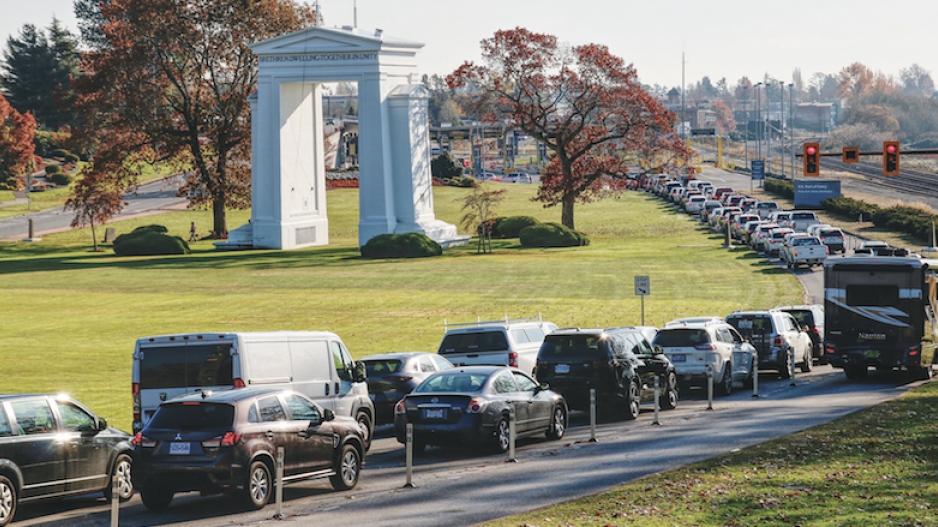B.C. employers saw a decrease in payrolls in August, marking a second consecutive monthly decline.
From the latest Survey of Employers, Payroll and Hours (SEPH), payroll counts fell 0.5 per cent (13,745 positions), to bring the total job count in B.C. down to 2.54 million positions. This points to moderation in hiring and paid employment by firms.
The seasonally adjusted job vacancy rate continued to fall, coming in at 4.2 per cent. This is the fourth monthly decline in a row and represents 104,745 positions.
August’s decline in positions were broad-based with fewer positions in both services-producing industries (down 0.3 per cent or 6,676 positions) and goods-producing industries (down 0.5 per cent or 5,168 positions). The decline in positions in services industries was led by the trades (down 0.5 per cent or 2,126 positions), arts, entertainment and recreation (down 2.2 per cent or 1,151 positions), and accommodations and foodservices (down 0.5 per cent or 1,072 positions). Only three areas among services-producing industries saw growth in positions in August: The public sector (up 0.8 per cent or 1,292 positions), educational services (up 0.3 per cent or 531 positions), and other services (up 0.1 per cent or 111 positions). Within goods-producing industries, the largest declines were seen in construction (down 2.0 per cent or 3,793 positions) and manufacturing (down 0.8 per cent or 1,206 positions).
On the wage front, seasonally adjusted average weekly earnings jumped 4.9 per cent to $1,229.63 on a year-over-year basis. This is lower than last month’s 5.8-per-cent increase. Month over month, the average weekly earnings were only up marginally at less than 0.1 per cent.
The number of non-resident visitors entering Canada through B.C. increased again in August. On a seasonally adjusted basis, there were 1.7 per cent more non-resident visitors in August than in July at 681,195 people. These recent gains have lifted non-resident visits to the highest level this year. Same-day excursions were up 4.4 per cent, while overnight stays edged up 0.2 per cent.
The number of U.S residents visiting Canada through B.C. rose 2.2 per cent from July to August. Meanwhile, the number of residents from other countries flattened over the same period. This likely reflects robust strength in U.S. consumer demand. U.S. visitors arriving by automobile rose 1.8 per cent, while arrivals by airplane increased 1.9 per cent. Arrivals via other modes of transportation were also up by 3.4 per cent following an increase last month.
Resident arrivals by air from other countries dropped 1.6 per cent, while visits by land or water increased by 5.7 per cent. A sharp decrease in the number of visitors from China – thanks in large part to persistently high airfare and cool foreign relations – contributed to the slower recovery of visitors to Canada through B.C.
Bryan Yu is chief economist at Central 1.




